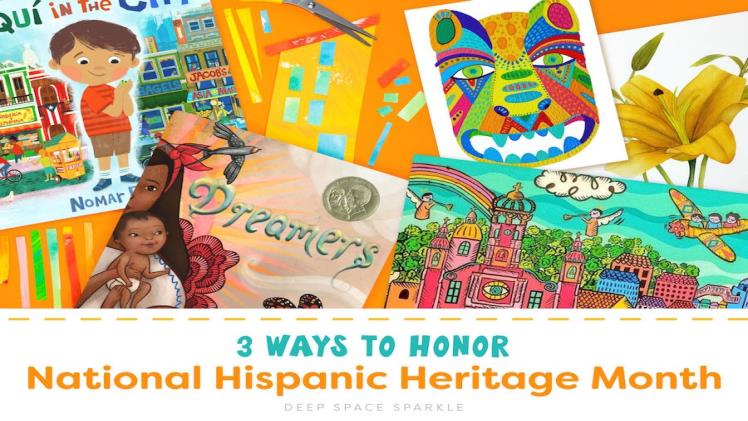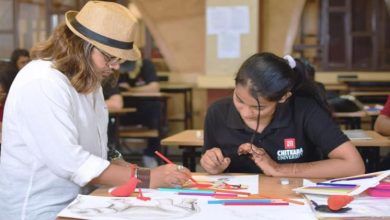Art and Culture Lessons

Traditionally, art and culture have been linked. Art represents beliefs, thoughts, and expressions that are important to societies. It also contributes to social cohesion localguideankit and gives people a sense of belonging. Various forms of art have the power to communicate and alter mindsets more effectively than any other form of communication. Furthermore, art has long been intertwined with spiritual belief systems and a deeper understanding of the human condition. As such, art is an important part of culture and society captions.
Read More: Best Undereye Concealer For Dark Circles
In fact, art can influence a person’s values, opinions, and behavior. It also has the power to translate experiences across time and space. For example, Crescendo: The Power of highriskmerchantshighriskpay Music (2014) shows that music can empower people and change their lives. Art can also be a powerful tool for social change, giving voices to the disenfranchised and inspiring people to rally for change. Many researchers have long been interested in how art affects the human brain. A recent study from Newcastle University found that contemporary visual art had a positive impact on the mental state of nursing home elders.
In addition to teaching MegaPersonal kids about art, culture also helps in developing positive attitudes and behavior. It promotes the understanding, appreciation, and respect for diversity. Art and culture lessons are also transferable to positive lifestyles, such as patience and flexibility. It teaches students how to appreciate the beauty and magnificence of the the world, as well as how to resolve conflict and maintain Photosbook empathy. Art and culture lessons can help children understand that progress takes time and patience.

